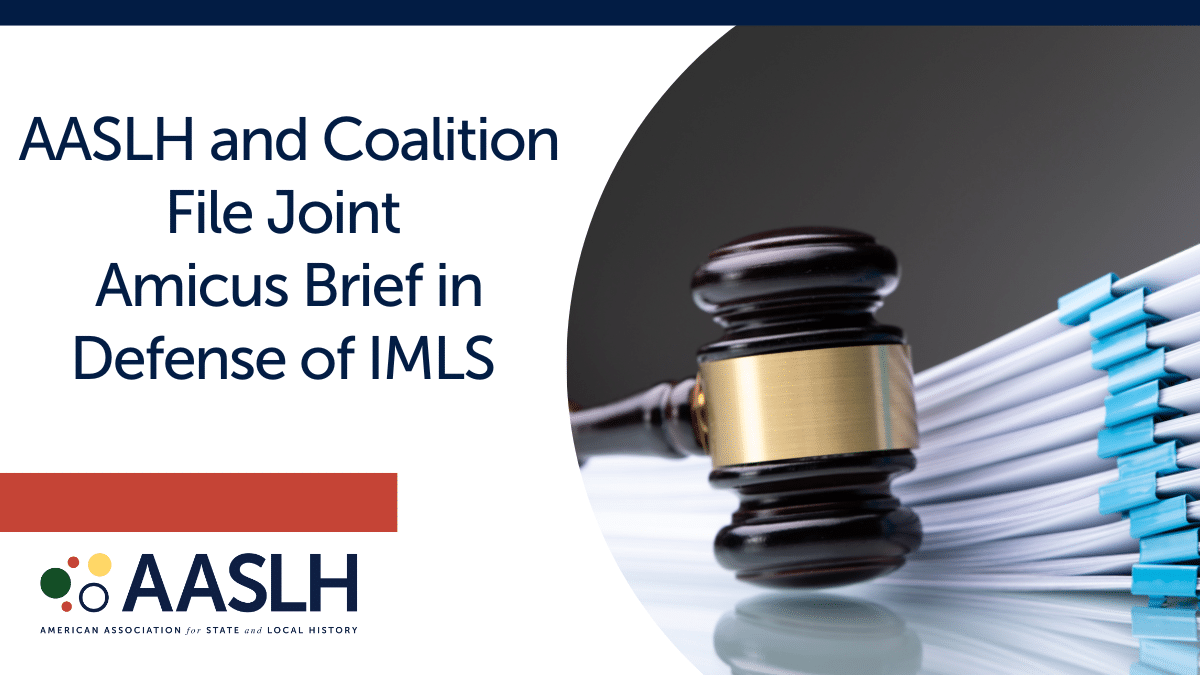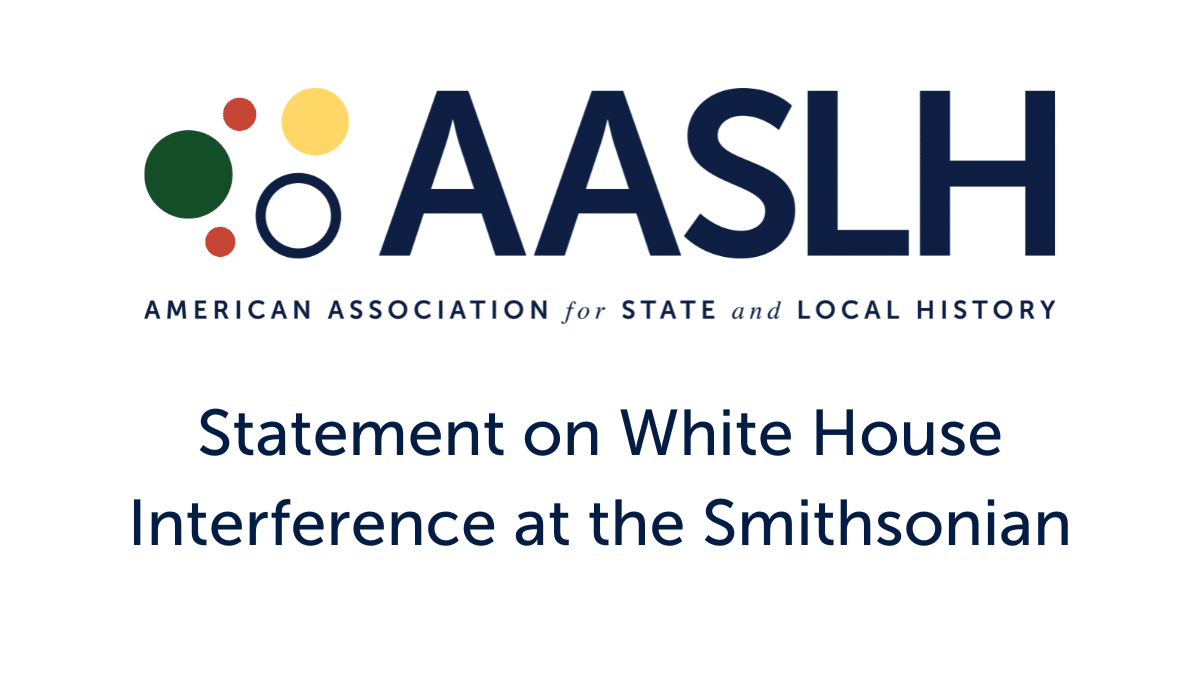
Museums Advocacy Day in Washington, D.C. in February was an extremely eye-opening experience in the field I plan to dedicate my life to. I was new to the American Alliance of Museums, having only joined a couple weeks before registering for MAD. I went as a student advocate and an emerging museum professional representing Northern Kentucky University’s Public History masters program as the Graduate Assistant. I was joined on the trip by my classmate Cassandra Hurst and a fellow NKU Public History graduate and Graduate Assistant, Rachel Ellison. As a group, we advocated for Kentucky and Ohio’s museums.
We decided to create a GoFundMe page to help with travel and lodging expenses. We were over the moon to find out that Ember Farber, the Director of Advocacy at AAM, gave us a generous donation to get the ball rolling on fundraising. We also had several NKU alumni of our program donate along with some of our friends and family. Once the fundraiser was complete, we raised about $300.
Once we arrived in Washington, we dove into an immersive environment of history and museum professionals who were knowledgeable not only about their sites, but about the impact that advocacy can have. Kent Whitworth, Executive Director at the Kentucky Historical Society, and Johnna McEntee, Executive Director for the Ohio Museums Association, both acted as mentors for my group and I as we “marched” Capitol Hill to lobby for IMLS funding, IMLS reauthorization, and a universal charitable giving deduction.

This being my first year at MAD, I caught myself getting overwhelmed with the abundance of information we were given, but people like AAM President and CEO Laura Lott and Director of Policy and Legislative Affairs Ben Kershaw kept the content interesting and engaging for everyone. The speakers that were brought in had insightful takes on past experiences advocating and allowed me to move confidently in the direction of calling myself a “student advocate.”
The role of a “student advocate” in the process of Museums Advocacy Day differs on a case-to-case basis. For me, it was providing real-life examples on the importance of IMLS funding, IMLS reauthorization, and a universal charitable giving deduction. Congressional members and their staffers can easily relate to students because everyone has held that title at one point. I was able to use stories from my schooling, jobs, and other experiences to relate our lobbying efforts on a more personal level, which can often leave a positive imprint on the congressional members and their staffers.
Being in a room full of passionate historians and museum professionals was the confirmation I needed to know I am exactly where I need to be. In this field, doubts can overshadow your mind with negative news and updates, but what keeps the industry alive is not only the eager visitors, but the hard-at-work employees who never stop informing, advertising, and advocating for the possibilities of museums!
See other highlights from MAD 2018 on the AAM website.



